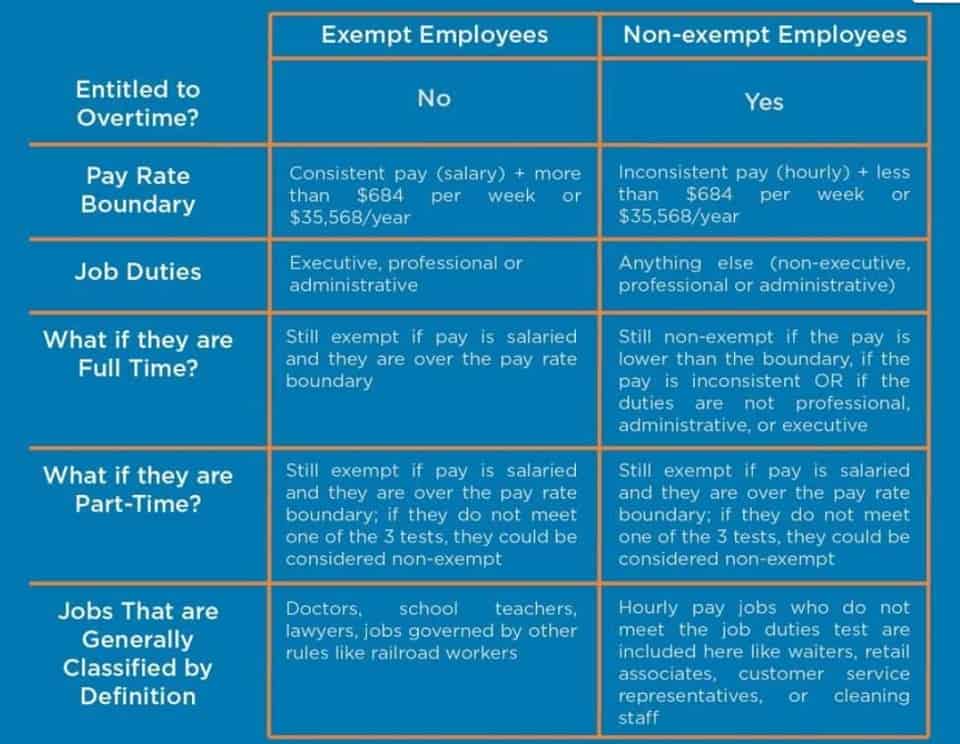
The effective tax rate plays a crucial role in determining the after-tax cost of debt normal balance financing. The Weighted Average Cost of Capital (WACC) incorporates the cost of debt as one of its components. WACC is a calculation used to determine the average rate of return required by a business to cover its financing costs.

Impact of Taxes on Cost of Debt
By managing their cost of debt effectively, companies can mitigate financial risks and maintain stability in varying market conditions. The cost of debt is a crucial component of a company’s capital structure and is integral to its financial operations. Let’s explore its impact on other components of the capital structure, the company’s risk profile, and its integration into financial planning and decision-making processes. Improving your credit rating can significantly impact the interest rates offered by lenders. A higher credit score indicates a lower risk for the lender, often resulting in lower interest rates. Making timely payments and reducing outstanding debt can enhance your creditworthiness, securing more favorable borrowing terms.
Calculating Cost of Debt: YTM and Debt-Rating Approach

The key issue here for the analyst is to identify bonds with similar debt ratings and other characteristics. For example, the issuer rating is just one of the factors while rating a debt issue. The main challenge with the industry beta approach is that we cannot simply average up all the betas. That’s because companies in the peer group will likely have varying rates of leverage. The problem with historical beta is that the correlation between the company’s stock and the overall stock market ends up being Retail Accounting pretty weak. The problem with historical beta is that the correlations between the company’s stock and the overall stock market end up being pretty weak.

After-Tax Cost of Debt Calculation Analysis
- At the same time, the importance of accurately quantifying the cost of equity has led to significant academic research.
- Using a financial calculator or spreadsheet, the YTM can be approximated as 8.72%.
- The nominal interest rate on debt is a historical figure, whereas the yield can be calculated on a current basis.
- Financial distress is the risk of bankruptcy or default that arises when the company has too much debt and cannot meet its obligations.
- Aside from Netflix, there are some seriously low costs of debt, which shows how strong these companies’ financials are and the low cost of debt they can access to pursue additional growth projects.
The better the company’s credit rating, the safer the investment, and therefore, the lower interest payments they need to offer for their bonds. how to find cost of debt That is why Microsoft offers lower interest rates than Hertz, who was on the verge of bankruptcy earlier. One of the most important decisions that a business owner or manager has to make is how to finance the operations and growth of the business. The choice of funding sources can have a significant impact on the profitability, risk, and value of the business.
- Understanding the cost of debt formula holds significant importance for businesses that rely on debt financing to meet their financial obligations.
- The cost of debt is the interest rate that a company must pay to raise debt capital, which can be derived by finding the yield-to-maturity (YTM).
- When selecting the risk-free rate, it’s important to match the maturity of the rate to the average maturity of the company’s debt.
- The cost of debt can be expressed as a nominal rate or an after-tax rate, depending on whether the interest payments are tax-deductible or not.
- A higher credit rating indicates lower perceived risk, which translates into a lower cost of debt.
- Companies must understand these factors to effectively manage their cost of debt and make smart financial decisions.
What is a Business Payday Loan? – The Essential Guide
If, however, you believe the differences between effective and marginal taxes will endure, use the lower tax rate. As you can see, the effective tax rate is significantly lower because of the lower tax rates the company faces outside the United States. That’s because the interest payments companies make are tax deductible, thus lowering the company’s tax bill.
